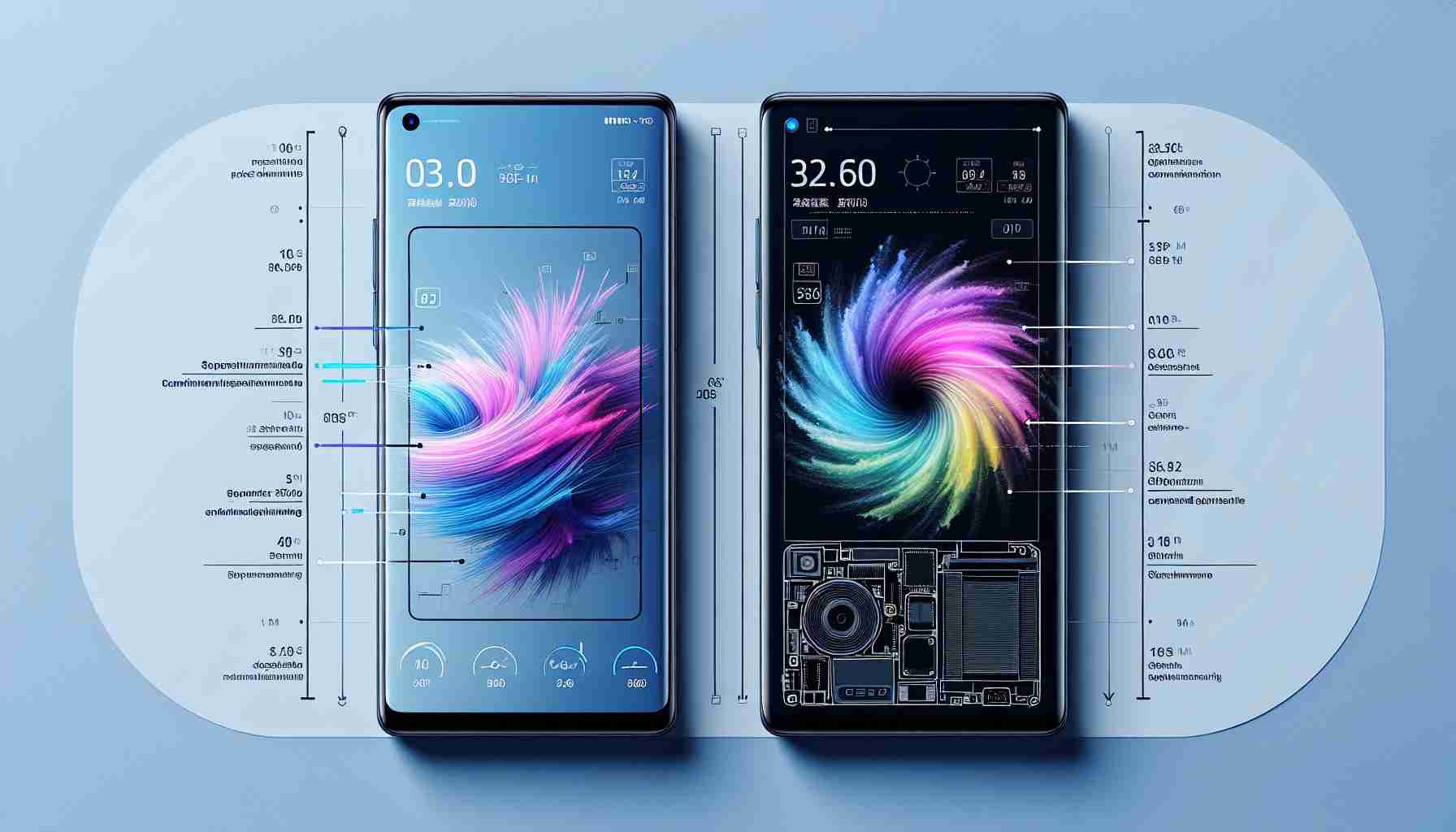
Motorola Edge 50 Ultra vs Xiaomi 14 CIVI vs Poco F6 5G: Which One Stands Out?
Motorola has entered the competitive smartphone arena with its latest release, setting itself apart with innovative features and cutting-edge technology. The Motorola Edge 50 Ultra distinguishes itself as a premium flagship, challenging the Xiaomi 14 CIVI and Poco F6 5G in various aspects.
Design and Build Quality:
Motorola’s Edge 50 Ultra boasts luxury with a vegan leather or wooden back panel, combined with Gorilla Glass Victus protection and an aluminum frame for durability. In contrast, Xiaomi and Poco opt for different materials, resulting in distinct design aesthetics and build qualities.
Display and Battery Life:
While all three smartphones offer high-refresh-rate displays, the Edge 50 Ultra takes the lead with a 144Hz screen, although lacking Dolby Vision support. Battery-wise, Xiaomi prioritizes efficiency by fitting a large cell in a compact body, whereas Motorola offers the fastest charging solutions, including wireless and reverse wireless charging.
Performance and Software:
Equipped with the powerful Snapdragon 8s Gen 3 SoC, Poco F6 5G impresses with its price-to-performance ratio, while Xiaomi and Motorola deliver seamless user experiences with their respective custom interfaces. Motorola’s near-stock Android promises a clean and intuitive interaction.
Camera Capabilities:
Motorola Edge 50 Ultra shines in the camera department, boasting a versatile setup that includes a 50 MP primary sensor with OIS and Laser AF, along with additional high-quality lenses. Xiaomi and Poco offer competitive camera specs but may lack some of the advanced features present in the Edge 50 Ultra.
With each smartphone offering unique strengths and features, the decision ultimately hinges on personal preferences and priorities. Whether it’s design, display quality, performance, or camera capabilities, these devices cater to diverse consumer needs in the ever-evolving smartphone market.
Exploring More Aspects of the Latest Smartphones: What You Need to Know
As consumers delve deeper into the realm of smartphone options, additional considerations beyond design, performance, and camera capabilities come into play. Let’s address some key questions and delve into the advantages, disadvantages, challenges, and controversies surrounding the Motorola Edge 50 Ultra, Xiaomi 14 CIVI, and Poco F6 5G.
1. Connectivity and Network Support:
One important factor often overlooked is the network compatibility and connectivity options. The Motorola Edge 50 Ultra supports mmWave 5G, providing blazing fast network speeds for users in supported regions. In comparison, Xiaomi and Poco devices may have varying 5G band support, impacting connectivity in different countries or networks.
2. Storage and Expandability:
Storage capacity and expandability can be crucial for users with extensive media libraries or those who rely on their smartphones for work. Xiaomi and Poco devices may offer expandable storage options via microSD cards, while the Motorola Edge 50 Ultra’s storage capacity is fixed. Users must consider their storage needs before making a decision.
3. Biometric Security Features:
Security and privacy are paramount for smartphone users. While all three devices likely offer fingerprint sensors and facial recognition, the implementation and reliability of these biometric security features can vary. Users may need to prioritize the effectiveness and convenience of these security measures.
Advantages and Disadvantages:
Each smartphone in this comparison brings unique strengths and potential drawbacks. The Motorola Edge 50 Ultra shines with its premium build quality and fast charging capabilities, but its design may not appeal to all users. Xiaomi and Poco devices, on the other hand, offer diverse design options and potentially more affordable pricing, but they may lack certain advanced features found in the Edge 50 Ultra.
Key Challenges and Controversies:
One notable challenge in the smartphone market is the balance between innovation and affordability. Consumers often face the dilemma of choosing between cutting-edge features and a budget-friendly price point. Controversies may arise regarding software updates, long-term support, or environmental sustainability practices of smartphone manufacturers.
In summary, selecting the ideal smartphone entails weighing a multitude of factors beyond the surface-level specifications. While design, performance, and camera quality play crucial roles, considerations like network support, storage options, and security features should also influence your decision-making process. Stay informed, compare thoroughly, and prioritize your needs to find the perfect fit in the competitive landscape of new smartphones.
For further insights and comparisons in the smartphone industry, visit GSM Arena for comprehensive reviews and in-depth analysis of the latest devices.
